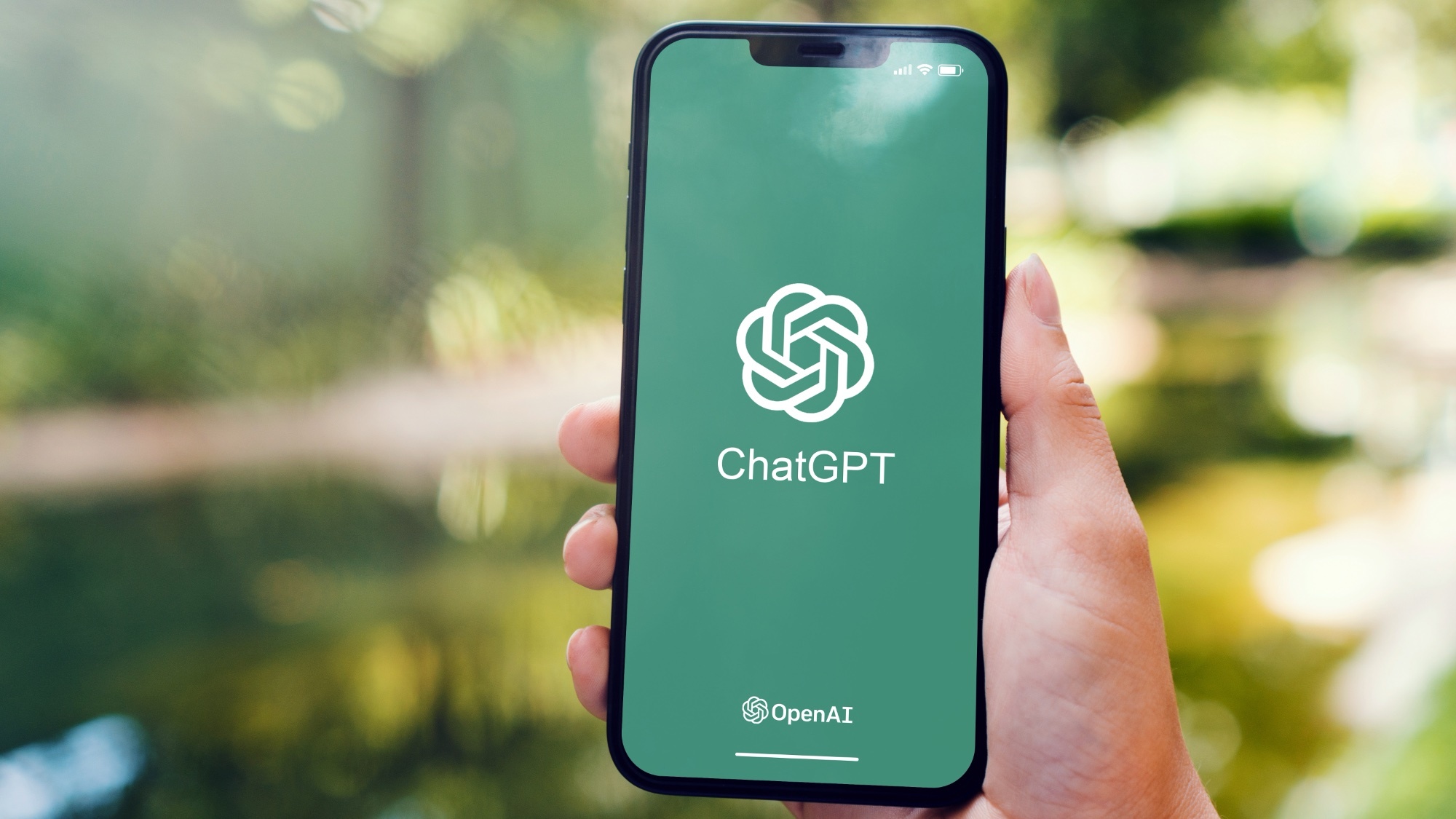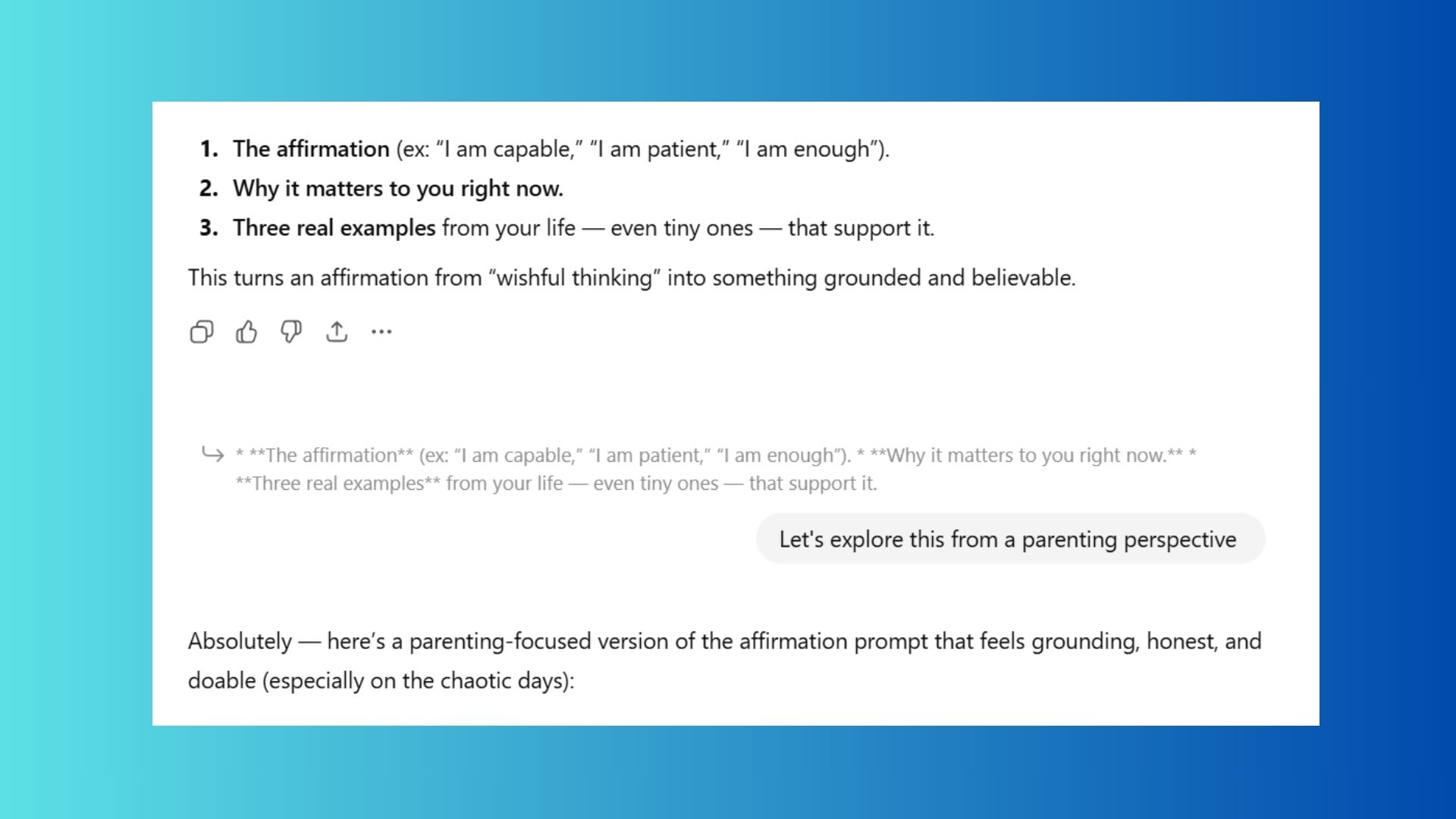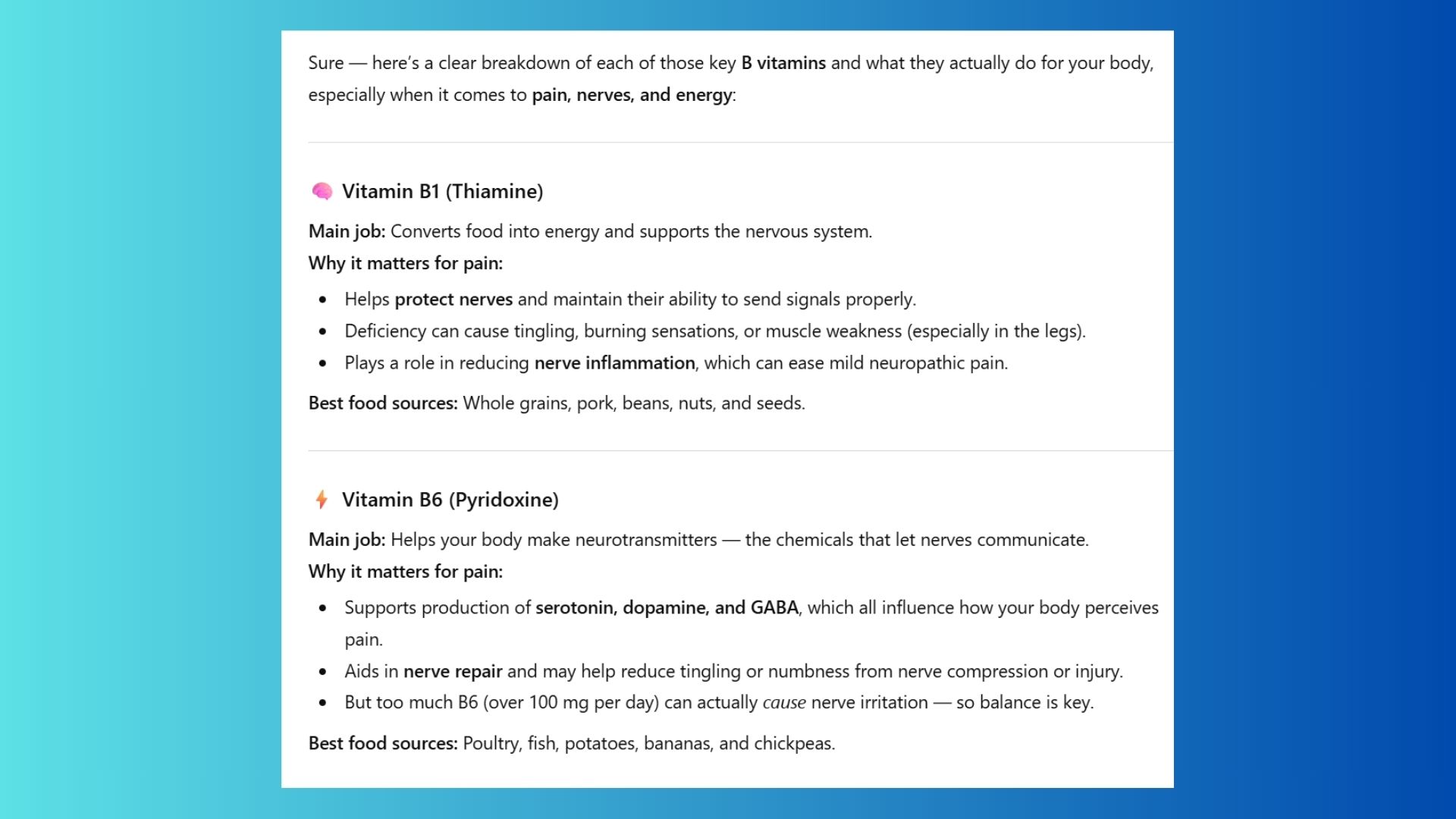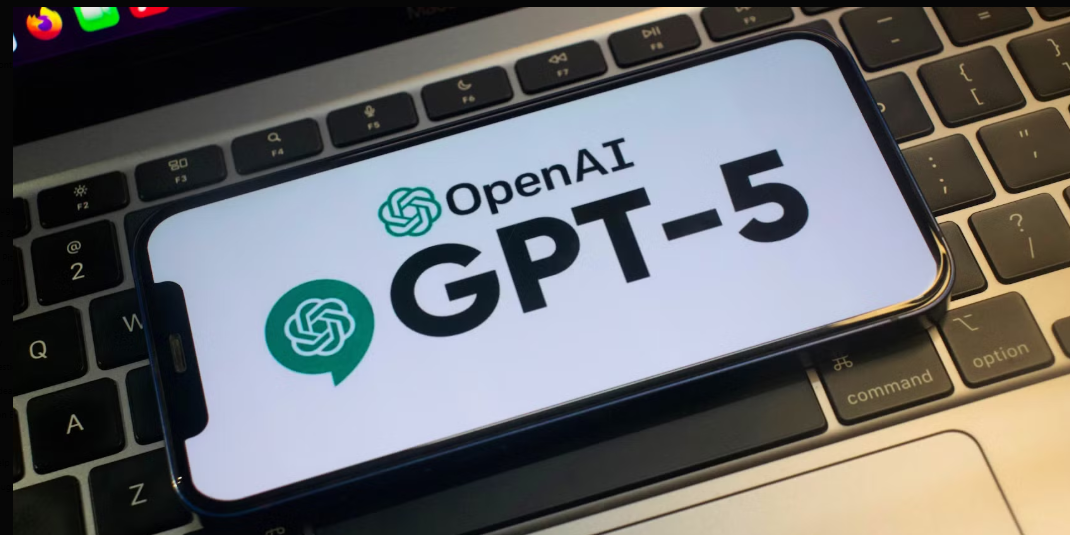My #1 trick for keeping ChatGPT chats organized — and stopping hallucinations in their tracks

When we talk, we naturally pause to add a side note or jump to a related idea. Now ChatGPT can do the same, thanks to a new feature rolling out for Plus users. It also makes ChatGPT-5.1 even more useful.
The tool is known as branching and it lets you split off any message in a conversation and start a completely new thread. That means you can test alternative versions of a prompt, take a brainstorm in a new direction or keep different aspects of a project separate.
I have found this feature to be the ultimate productivity solution that surprisingly helps to eliminate hallucinations, too. The simple act of branching out conversations is an easy way to stay organized while keeping AI on track. After testing this feature for weeks, I can confidently say it’s a productivity upgrade with real impact.
Here’s what it looks like in action and why it might change the way you use ChatGPT, too.
What is ChatGPT branching?

Simply put, it's kind of like saying, "Hold that thought" as you move forward with a new one. It is also an opportunity to explore different scenarios without derailing your main thread.
Thanks to the new feature, instead of copying and pasting the same prompt into a new chat, you can now click the branch icon next to any message and spin off a side thread. That conversation shows up seperately, but still stays linked to the original.
This feature doesn't just work for writing, branching also works for coding too, giving you the freedom to explore alternate paths without clutter.
4 ways I used ChatGPT branching to boost productivity
Brainstorming multiple ideas at once

If I have several ideas for a plot twist, but am not sure which one I want to roll with, I use ChatGPT branching instead of cluttering one thread. Now, I can see all my ideas as extensions and refer to each option, refining them separately. When done, I can easily compare all the final versions at once and pick the strongest.
In the example above, I was creating a holiday shopping list and branched out the ideas I liked to explore them further.
2. Organizing parallel projects in one workspace

Normally, I bounce between multiple chats for projects and tasks. With branching, I keep all my work in one thread, with each project neatly split into its own branch.
I have found this to be a real time saver. Rather than referring to the Search Chat section, I can easily find what I'm looking for within the chat. The organization aspect of branching has been the key to staying productive while using ChatGPT.
In the example above, I highlight how I use ChatGPT branching when I'm journaling.
Get instant access to breaking news, the hottest reviews, great deals and helpful tips.
3. Exploring tone and style differences

Now that ChatGPT has eight different personalities, the ability to branch off and explore how a piece reads in different tones is also helpful.
I just branch a draft, tweak the tone in that version and compare it to the original — without backtracking or losing previous work.
In the example above, I asked ChatGPT to make a text message funnier.
4. Digging deeper and asking questions

Sometimes I want to know more about breaking news such as explaining it to me like I'm five or how it affects me personally. With ChatGPT branching, I can do this effortlessly like in the example above when I ask it to explain what the FAA flight-cut freeze means for travelers right now.
5. Pulling out new concepts

I use this feature for when ChatGPT brings up something that needs clarifying. I can instantly pivot into a new thread right from that exact moment. It feels less like “starting over” and more like following a natural tangent; the way you would with a real collaborator. That means I stay in the flow, keep my momentum, and explore new information without the mental friction of reprompting or retracing my steps.
In the example above, ChatGPT was helping me handle a running injury and I asked it to go deeper into the vitamins it suggested.
Final thoughts
ChatGPT is already great at writing, researching and summarizing — but until now, its biggest limitation was linear thinking. Every new idea meant a new chat. Every rewrite meant losing track of your first version. But now, branching fixes that.
It turns ChatGPT into a tool that mirrors how we actually work and think, giving users new ways to explore side ideas, revising in parallel and toggling between thoughts.
Althought it's a game-changer for sure, I wish OpenAI would add branch labels, global search across branches and a timeline view so I can see how my ideas evolved.
Still, this feature is already helping me think more clearly — and capture more ideas without letting them slip away.

Follow Tom's Guide on Google News and add us as a preferred source to get our up-to-date news, analysis, and reviews in your feeds.
More from Tom's Guide
- 5 free Google AI tools that blew me away — and most people don’t know they exist
- I found the only AI subscription worth paying for — and it’s not what you think
- I replaced my journal with ChatGPT for a week — here’s why I’m sticking with it

Amanda Caswell is an award-winning journalist, bestselling YA author, and one of today’s leading voices in AI and technology. A celebrated contributor to various news outlets, her sharp insights and relatable storytelling have earned her a loyal readership. Amanda’s work has been recognized with prestigious honors, including outstanding contribution to media.
Known for her ability to bring clarity to even the most complex topics, Amanda seamlessly blends innovation and creativity, inspiring readers to embrace the power of AI and emerging technologies. As a certified prompt engineer, she continues to push the boundaries of how humans and AI can work together.
Beyond her journalism career, Amanda is a long-distance runner and mom of three. She lives in New Jersey.
You must confirm your public display name before commenting
Please logout and then login again, you will then be prompted to enter your display name.









